What is a micro: bit?
The micro: bit is only half the size of a credit card. It is equipped with a 5×5 programmable LED matrix, two programmable buttons, an accelerometer, an electronic compass, a thermometer, Bluetooth, a new touch-sensitive logo, a microphone, a speaker, and other electronic modules.
Meet the new micro: bit V2.2 – an improved version of the original micro: bit featuring a built-in speaker, microphone, touch sensor, and more computing power! This listing is for the single micro: bit V2.2 board.
This listing is for the micro: bit V2.2 board with Micro:bit IO:bit Expansion Board , which includes:
- 1x micro: bit V2.2 board
- 1x Quick Start Guide
- 1xMicro:bit IO:bit Expansion Board
- Case for BBC micro: bit V2 with side mounting brackets – transparent
The NEW micro: bit V2.2
The BBC micro: bit V2.2 is a pocket-sized computer that you can code, customize, and control to bring your digital ideas, games, and apps to life.
It’s a fantastic way to introduce budding coders to the wonderful world of computer programming. With the easy-to-use online code block editor and simple crocodile clip-friendly board, coding fun projects and using electronic components is easier than ever.
Great for learning!
- Detects motion and direction – create games that use shaking motions or directions with built-in sensors and compass
- Control your projects using the 2 buttons clicky buttons – make games, control robots, count things!
- Tap the capacitive button as an input for your projects – stop/start the music, start a timer, run a program, or whatever you decide!
- Flash messages, your name, or animations across the 25 programmable lights
- Connect the BBC micro: bit to your phone using Bluetooth to take selfies without touching your phone
- Use the on-board speaker to play sounds or music as part of your project
- Easy to code with the online drag-and-drop code block editor
Features
- On board speaker
- MEMS Microphone with LED indicator
- Touch-sensitive logo
- Built-in sleep/off mode means the board can be powered down with batteries connected
- Discrete regulator that can supply up to 200mA of current to external accessories Refinements
- Notched edge connector. To make it easier to connect things like crocodile clips and conductive thread
- Power LED indicator. In addition to the USB activity indicator, a power LED shows whether the micro: bit is powered on or off
- Copper-plated antenna. To easily identify the radio/Bluetooth component
Specifications
- Processor: Nordic Semiconductor nRF52833
- Memory: 512kB Flash, 128kB RAM
- Interface: NXP KL27Z, 32kB RAM
- Microphone: MEMS microphone and LED indicator
- Speaker: on-board speaker
- Logo touch: touch-sensitive logo pin
- Edge Connector: 25Pin,4 dedicated GPIO, PWM, I2C, SPI and ext. power. 3 ring pins for connecting crocodile clips/banana plugs. Notched for easier connection.
- I2C: Dedicated I2C bus for peripherals
- Wireless: 2.4Ghz Micro: bit Radio/BLE Bluetooth 5.0
- Power: 5V via Micro USB port, 3V via edge connector or battery pack. LED power indicator, Power off(push and hold power button)
- Current available: 200mA available for accessories
- Motion sensor: ST LSM303
- Software: C++, Make Code, Python, Scratch
- Size: 5cm x 4cm
Micro:bit IO:bit Expansion Board
The IO expansion module is designed to work with the micro:bit educational board. There are 20 GPIO pins on the board. Each GPIO has VCC and GND power pins, which makes it much easier to connect additional elements, e.g. sensors. The module is equipped with a voltage stabilization circuit with a jumper for selecting the operating voltage of 3.3 V or 5 V, it has a built-in buzzer and a 4-pin I2C connector. The board can be powered by the DC connector with the voltage ranging from 6 to 12 V or by the microUSB connector. The module will work in many projects using micro: bit that require the connection of additional sensors or display.
Features
- Compatible with micro:bit
- 20 IO pins with separate VCC and GND pins
- I2C connector
- Built-in buzzer
- Voltage of 3.3 V or 5 V can be selected
- Power supply: 6 to 12 V (DC connector) or microUSB


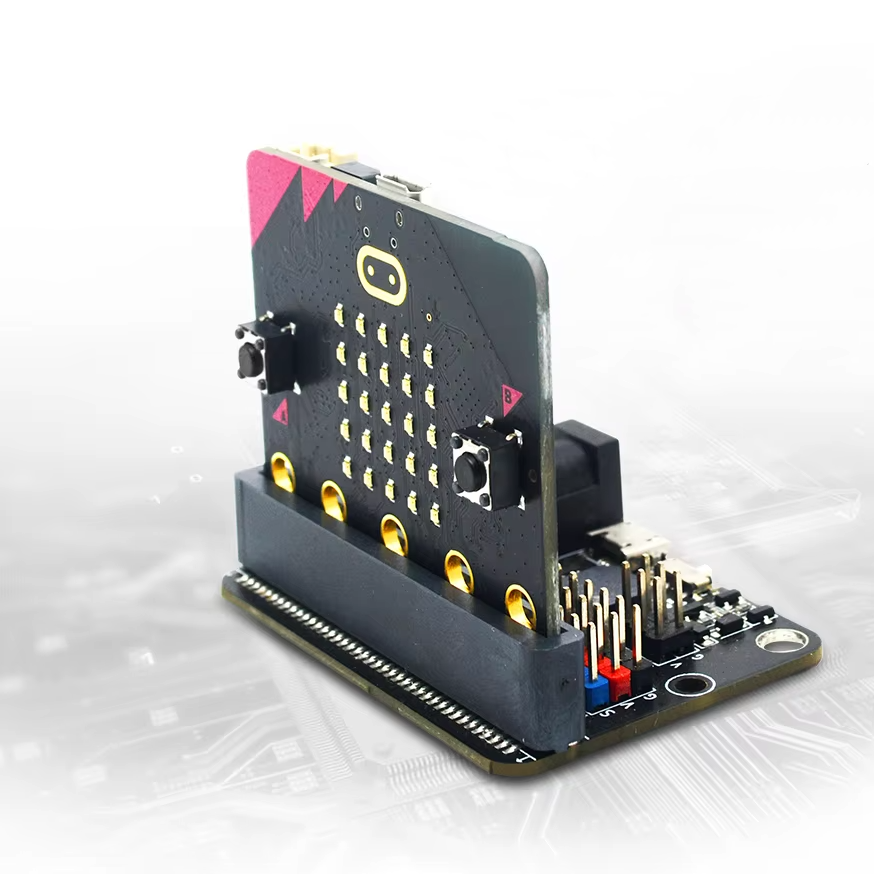
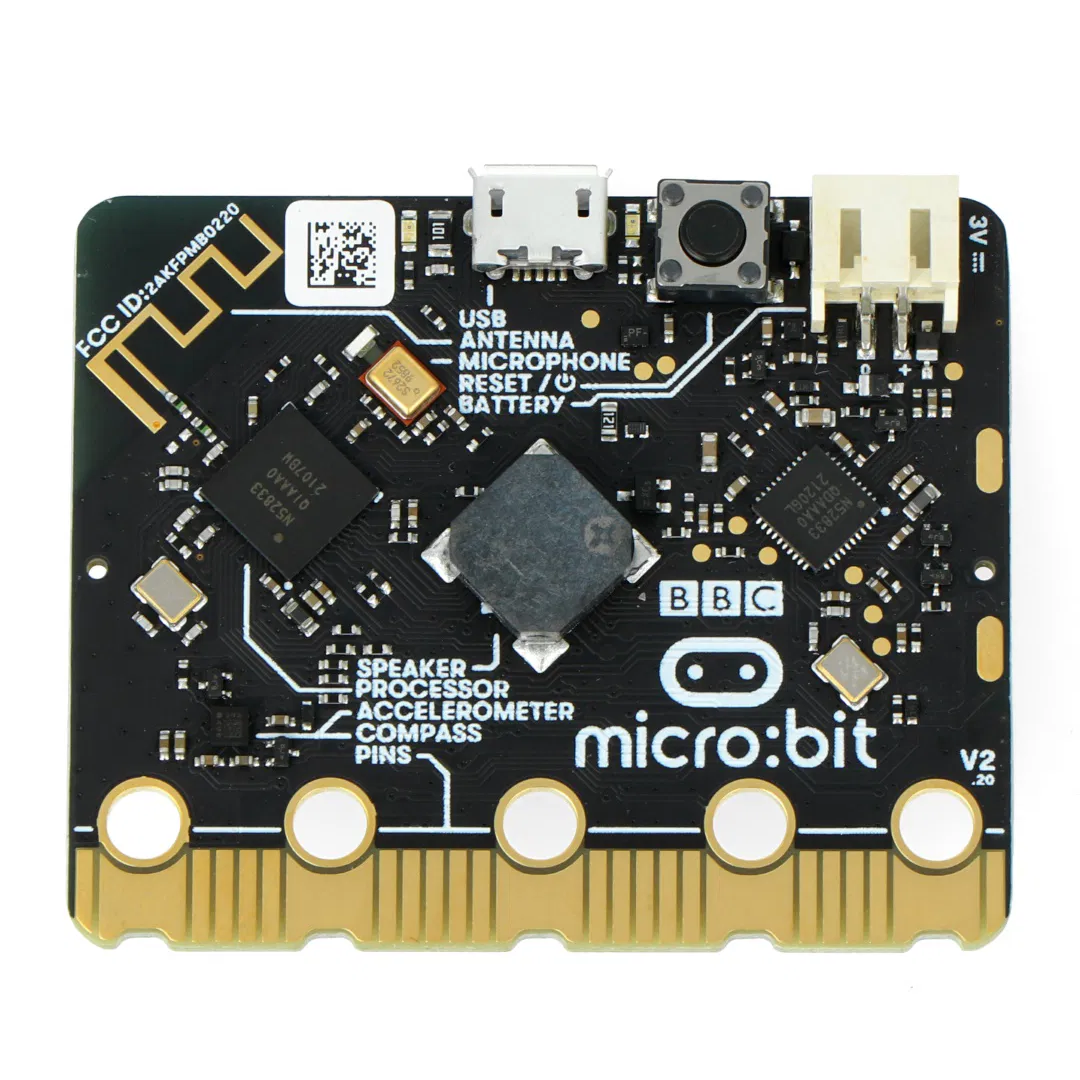
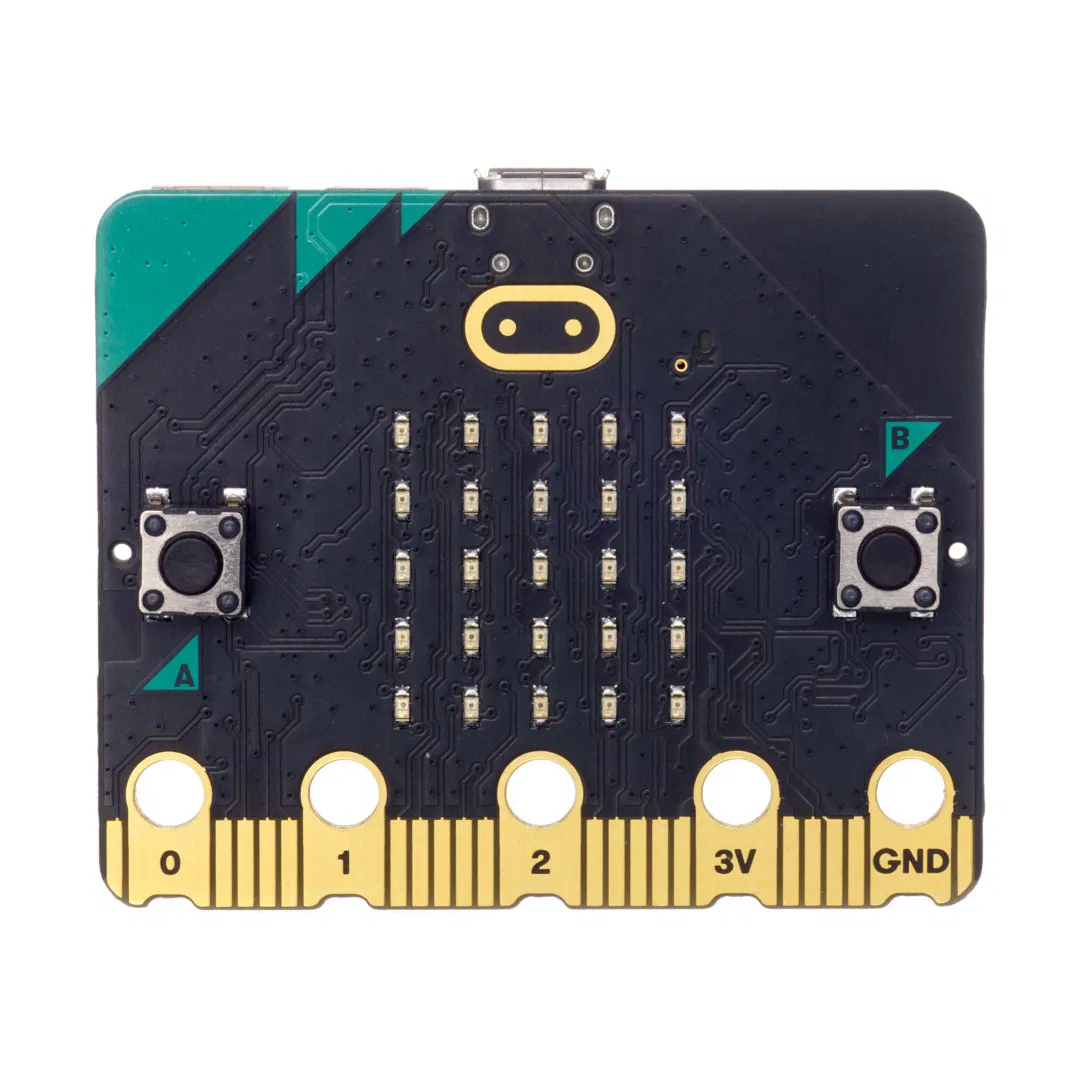
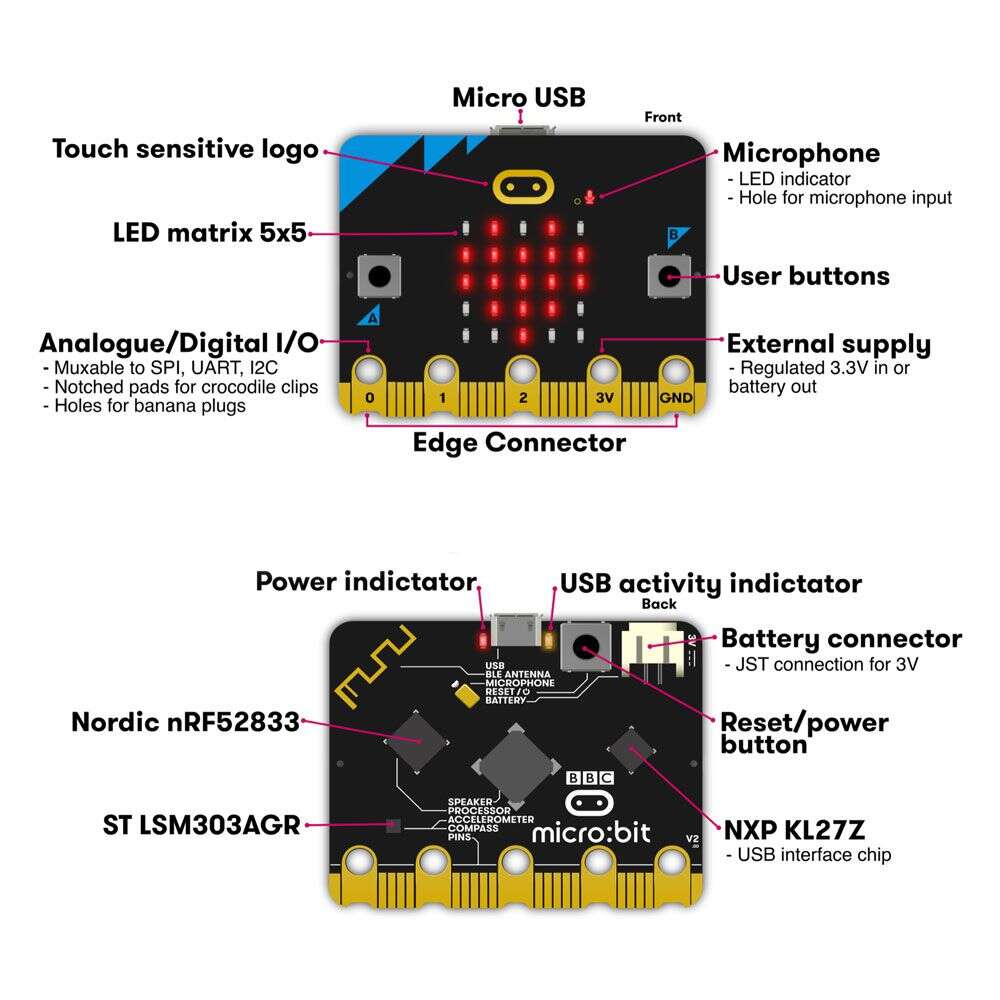
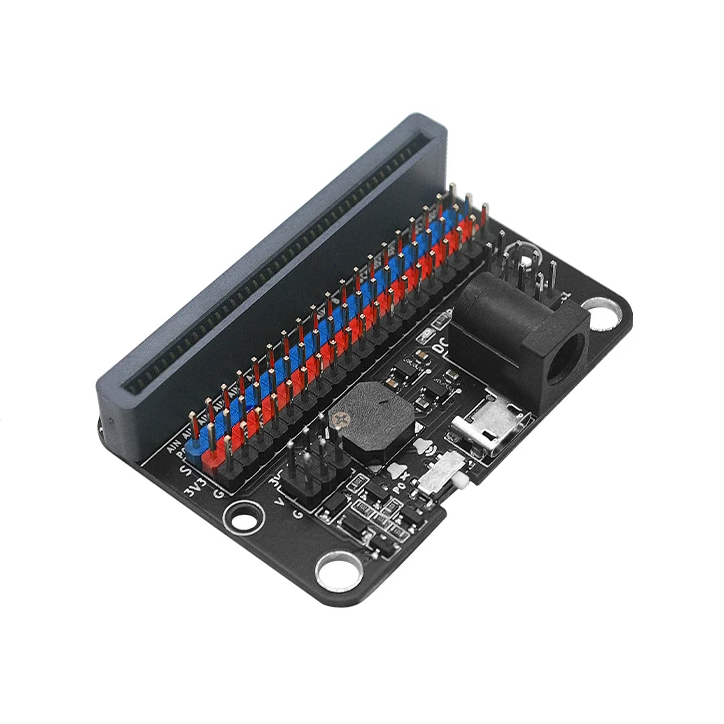
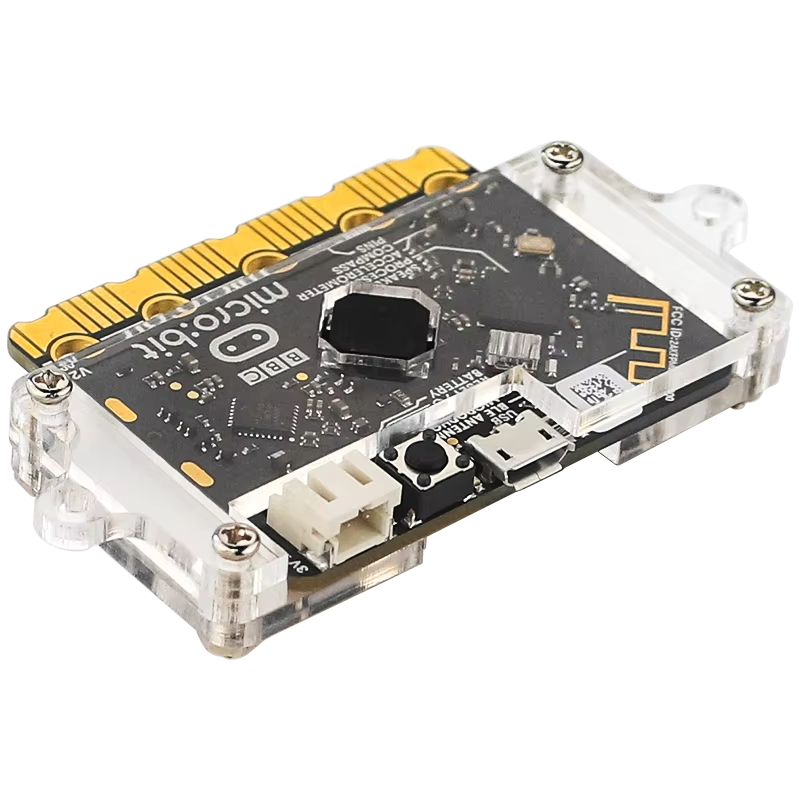
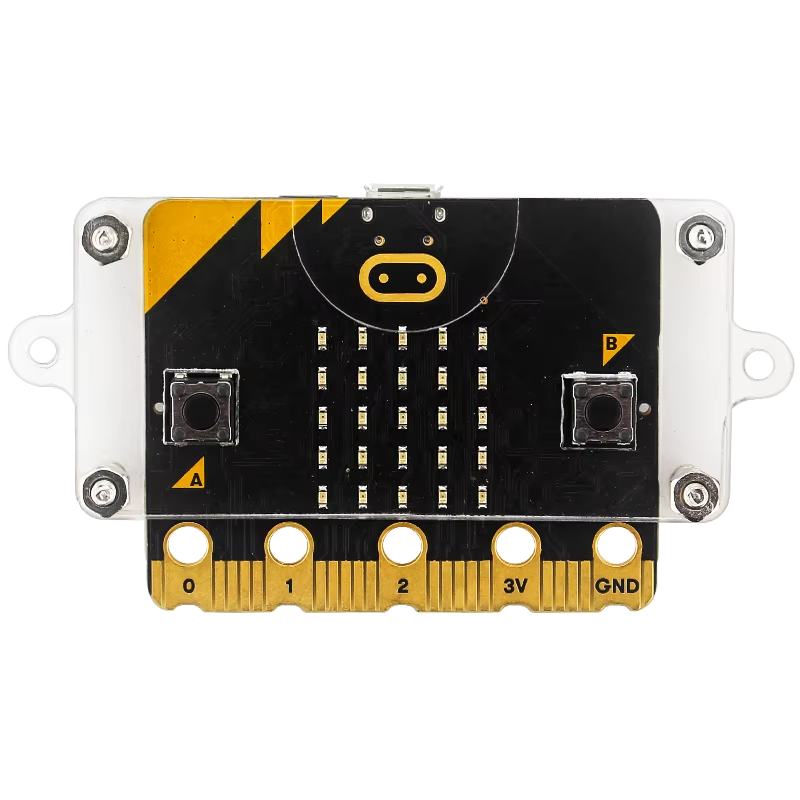









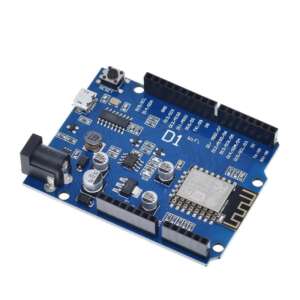

Reviews
There are no reviews yet.